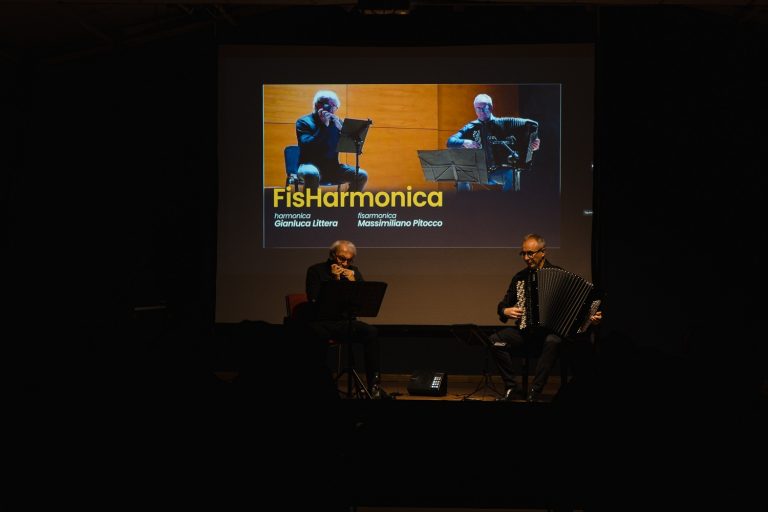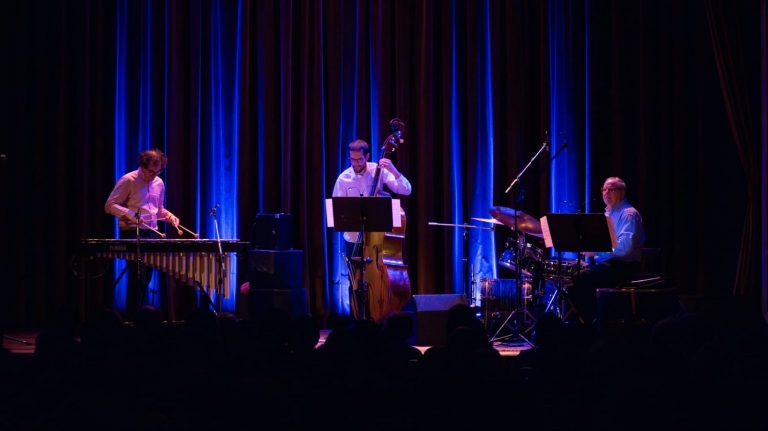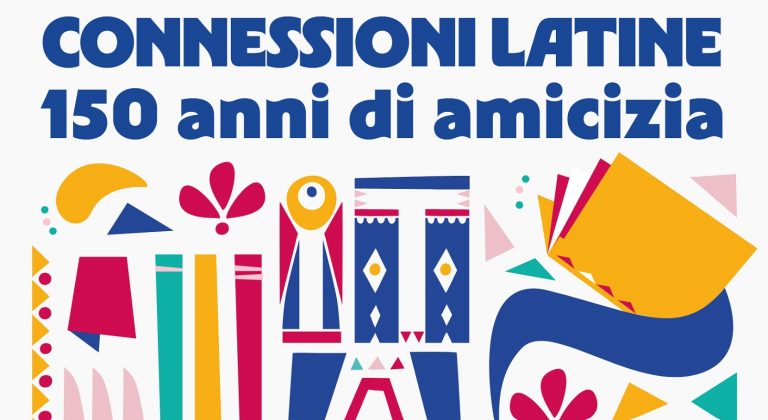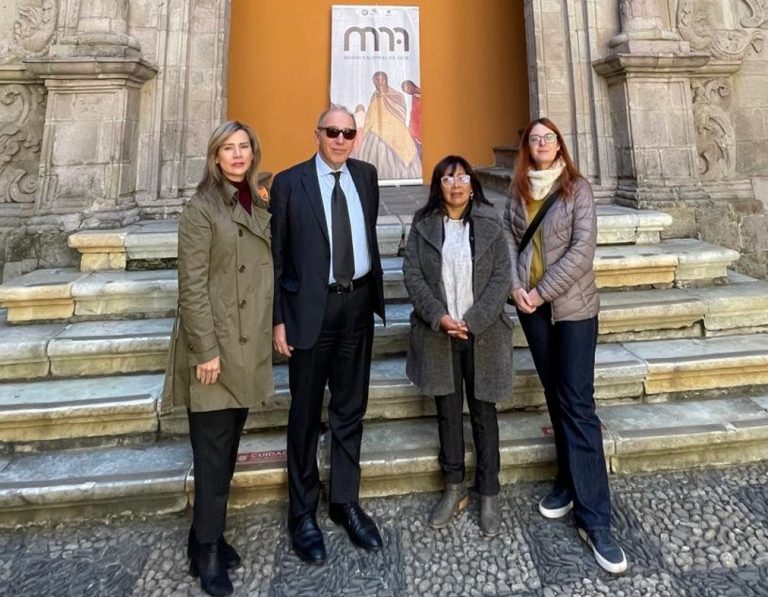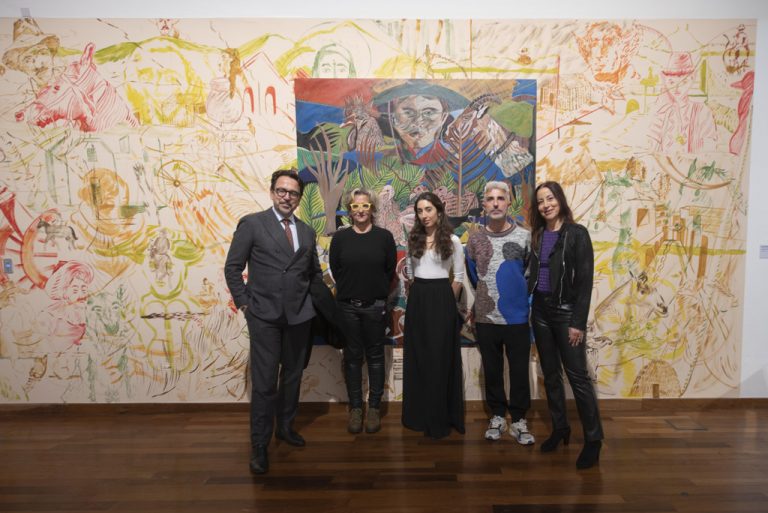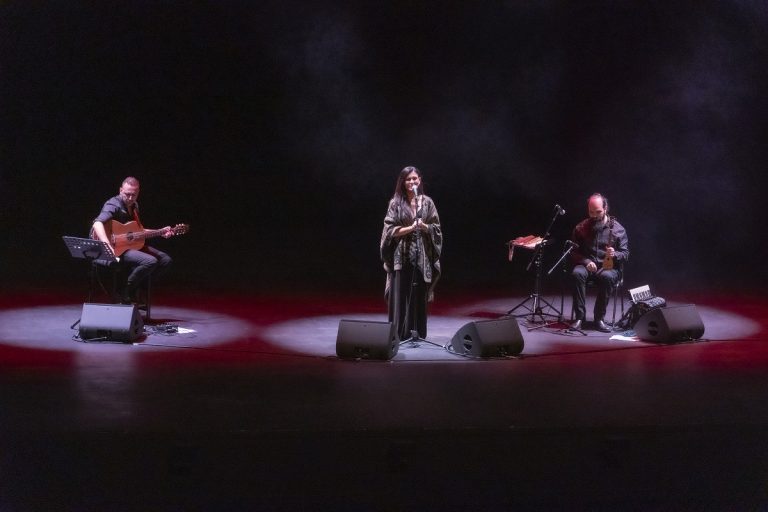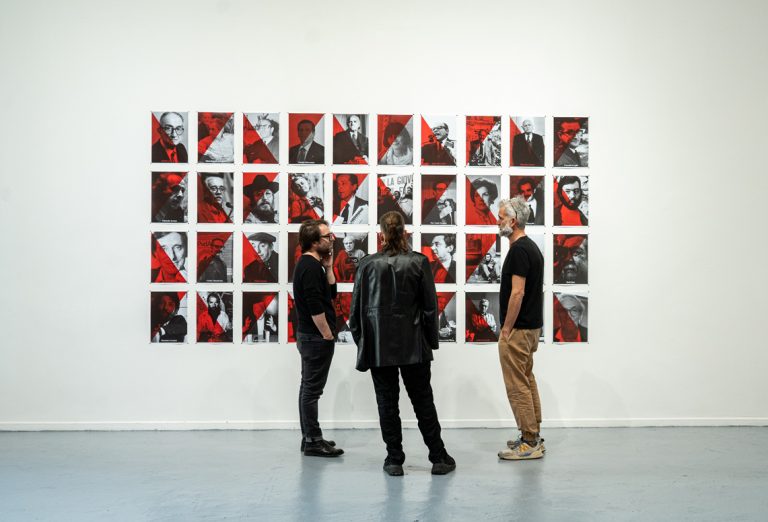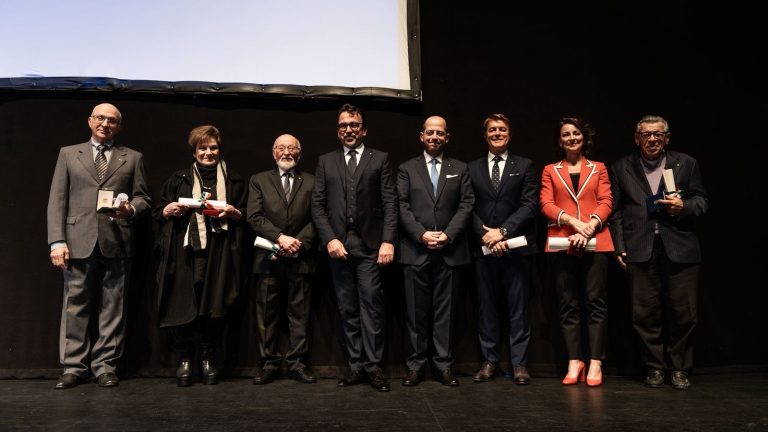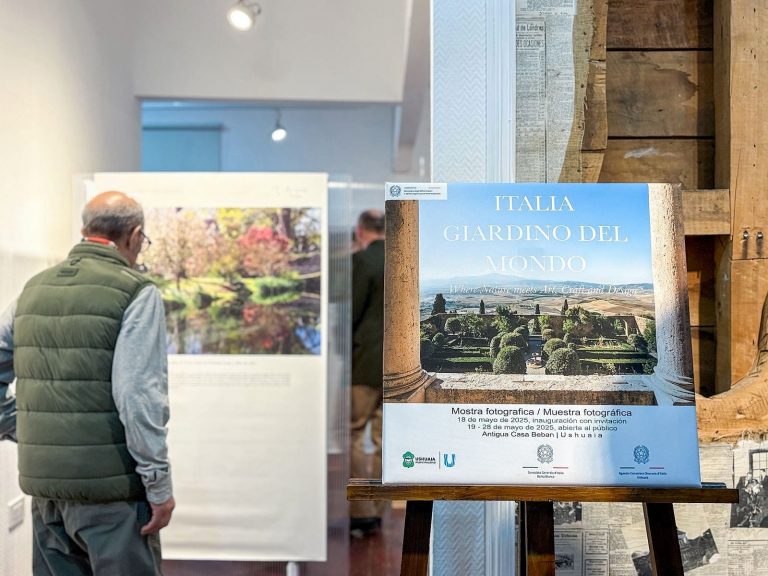“Italian Masters of Graphic Design” (“Maestri italiani del disegno grafico”) is the title of an exhibition organised by the Italian Institute of Culture (IIC) in Santiago, Chile, in partnership with the AIEP Universidad Andre’s Bello, which will run from 23 March to 2 April in the capital of the Latin American country. The exhibition stages a learning itinerary retracing the history of graphic design which, in Italy, flourished thanks to the creative work of several renowned masters and drew its origin from the first advertising posters disseminated at the beginning of the 20th Century. The exhibition will show the evolution of design and how it was inevitably conditioned by the technological advancements that made design progress from the initial rigidity of drawings to the infinite possibilities of the virtual world and of computer-assisted design. The website of the IIC of Santiago reads as follows: “The designs of masters of the calibre of Armando Testa, Bruno Munari, Pino Tovaglia, Filippo Marinetti, Fortunato Depero and Elio Fiorucci will decorate the walls of the IIC’s exhibition space, in an itinerary that aims to highlight the influence of Italian design in the world. In Italy, the story of industrial posters bears the name of the Officine Grafiche Ricordi, a graphic design studio. The studio was established in 1896 and included a staff of artists directed by Adolfo Hohenstein. It was established through a partnership with Mele, the company for which Officine Grafiche designed a number of posters over two decades, and it was born in a climate characterised by teamwork, in which the graphic artists worked side by side with the printing technicians.
“Italian Masters of Graphic Design”
Hundreds of posters were designed for the Mele department store. The language of early poster designers was in the “Liberty” style and the images were allegorical (mythology was often used to highlight the industry). Later, during the ‘20s, the posters began to reflect the many artistic influences of the time: Futurism, Cubism, Surrealism, Dadaism and Art De’co. During this period Italy’s most distinguished artist was Fortunato Depero, who stood out for his great inventiveness and precise drawings, and film posters began to be printed, which lead to acknowledging graphic design as an independent form of art. During the Fascist era, the most representative poster designer was Gino Baccasile, who illustrated the customs of Italian society under the regime, following the evolution of tastes and fashions and becoming the voice of the rhetoric of Fascist propaganda during World War II. After the war, posters hit a new record of popularity thanks to the work of several world-famous artists: from Pablo Picasso and Salvador Dali to Henri Matisse, Max Bill and Roy Lichtenstein.

